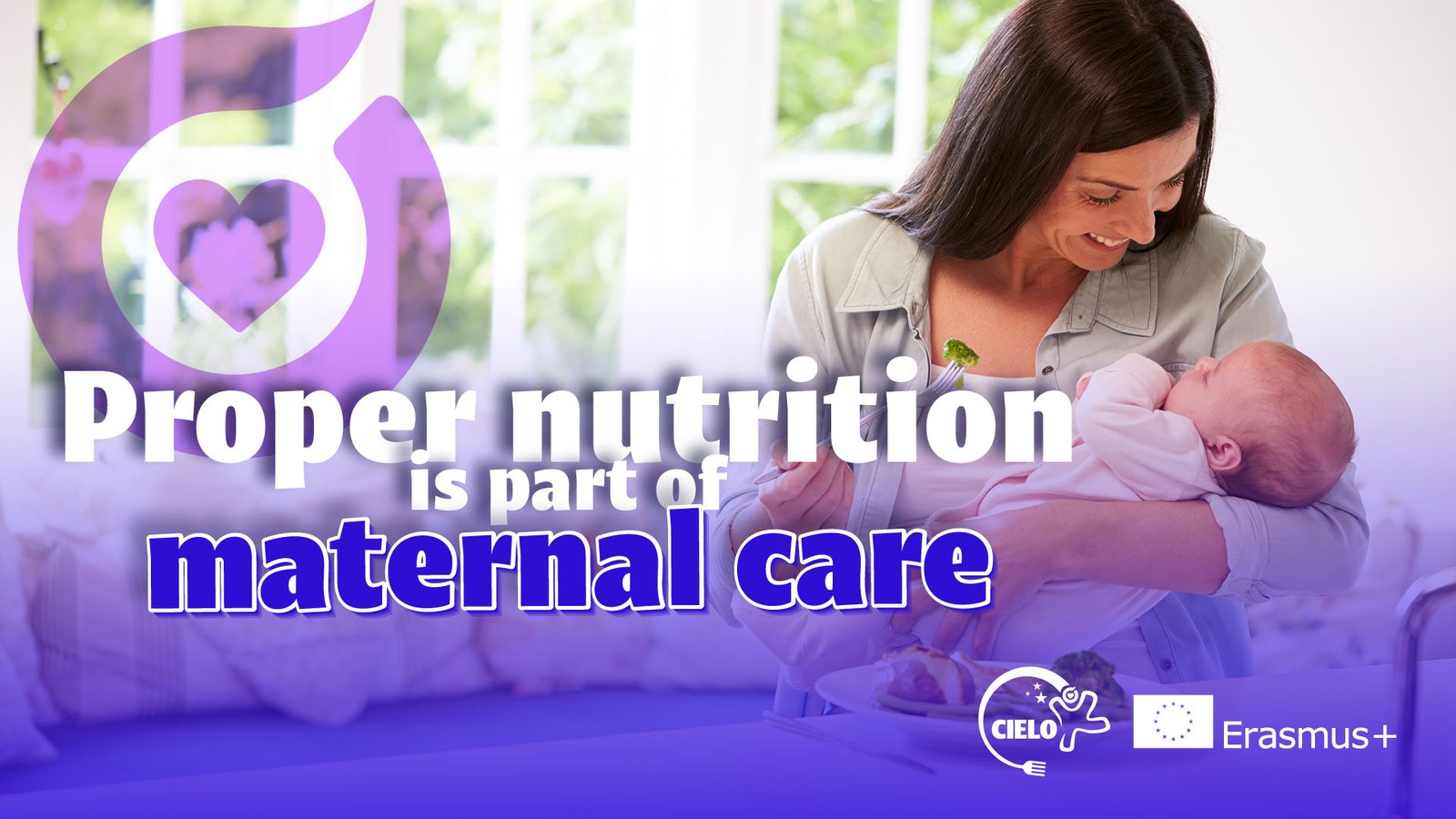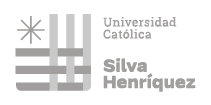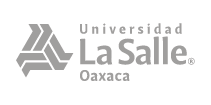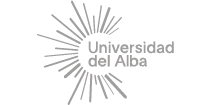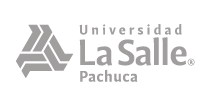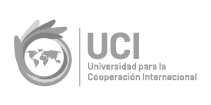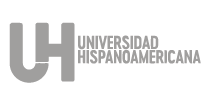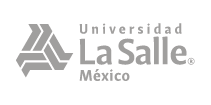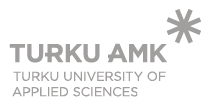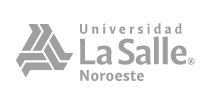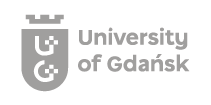Juliette Gamboa Castro.
Nutrition Student at Universidad Hispanoamericana,
Doula, Infant Care Specialist, and Certified Breastfeeding Counselor.
Debunking Common Myths About Postpartum and Breastfeeding
Debunking Common Myths About Postpartum and Breastfeeding
Breastfeeding women receive a lot of advice about what they should eat—but not all of it is backed by science. Should a breastfeeding mother go on a diet? Should she avoid foods that might affect her baby? Should she eat certain foods to produce more milk?
Below is a list of myths and facts about breastfeeding and maternal nutrition.
Myth #1: “Dieting after childbirth helps you get back in shape faster”.
Reality: According to Pochet (2020), the mother’s nutritional status during breastfeeding influences the composition of human milk. While breast milk generally maintains adequate quality to support infant growth, even in cases of limited intake, some components may be affected. Protein and mineral content tend to remain relatively stable; however, the fatty acid profile and concentration of certain vitamins may change in the case of maternal deficiencies, which can be improved with appropriate supplementation.
Since breastfeeding increases energy and nutritional requirements, restrictive diets are not recommended during this period, as they could compromise both maternal health and the quality of certain milk components. During lactation, a mother’s energy expenditure increases by approximately 450 to 500 kcal per day. It is essential to meet this increased appetite through a balanced diet that prioritizes nutrient-dense foods such as fruits, vegetables, whole grains, lean proteins, and healthy fats. Choosing healthy meals and snacks (preferably minimally processed) supports an adequate intake of essential vitamins and minerals, contributing to both maternal well-being and the nutritional quality of breast milk (Huang, 2020).
Myth #2: “Moringa, fennel, or oats increase milk production”.
Reality: According to Foong et al. (2020), some women turn to natural products such as banana flower, fennel, fenugreek, ginger, moringa, or palm dates in the hope of boosting milk production. However, their effectiveness is not scientifically proven, and the available evidence is limited.
During pregnancy, hormones like progesterone and estriol prepare the mammary glands, but lactogenesis (the onset of milk production) only occurs after childbirth. At that point, the drop in these hormones and the expulsion of the placenta allow for an increase in prolactin (PRL) and oxytocin. Hernández et al. (2022) explain that this process is further enhanced by the infant’s suckling, which stimulates the release of both hormones, thereby supporting lactopoiesis (the maintenance of milk production). Therefore, although galactagogues (substances believed to increase breast milk production) may serve as a cultural or nutritional aid, their effectiveness is limited in the absence of frequent and effective suckling, which remains the most crucial physiological stimulus for milk production.
Myth #3: “During breastfeeding, mothers should avoid eggs, dairy, seafood, and other foods that could cause allergies in the baby”.
Reality: Allergies in breastfed infants mainly present through skin symptoms, such as eczema, and gastrointestinal issues—most commonly blood in the stool, usually occurring between 2 and 6 weeks of life. This condition, known as allergic proctocolitis, results from an inflammatory response in the rectum and distal colon to dietary proteins excreted in breast milk. Although these infants usually appear healthy overall, blood loss may cause anemia or hypoalbuminemia in some cases. Severe systemic manifestations are rare, and complex diagnostic tests like blood work or stool cultures are generally not required. It is worth noting that due to the nature of the symptoms, parents or caregivers may confuse them with infant dyschezia or colic (The Academy of Breastfeeding Medicine, 2011).
According to Koukou et al. (2023), contrary to previous beliefs, exposing the infant to these foods through breast milk from an early age (even when there is a direct risk due to family history of allergies) may be beneficial. It allows the immune system to recognize them and develop tolerance, promoting an appropriate immune response rather than an allergic reaction. Moreover, in cases where allergies do occur, early exposure may support quicker resolution (Acevedo et al., 2009).
A diet rich in dairy, cereals, fruits, vegetables, legumes, eggs, meats, and especially omega-3–rich fish is essential to ensure optimal levels of vitamins and minerals like A, E, C, B1, B2, calcium, and zinc. The quality of breast milk partly depends on the mother’s nutritional status, and deficiencies during pregnancy and lactation can negatively impact child development, particularly in areas such as vision and cognitive function. Therefore, it is crucial to guide mothers on the importance of adequate nutrition during this critical period, without unnecessary restrictions (Martínez et al., 2020).
Myth #4: “Infant colic is caused by what the mother eats”.
Reality: Infant colic is a common functional syndrome during the first three months of life, with a prevalence ranging from 2% to 73%, depending on the diagnostic criteria used. While it usually resolves by six months of age, it often causes great concern among caregivers. Its origin is multifactorial and still not well understood, involving immunological factors (such as allergies or intolerances), gastrointestinal issues (such as immature intestines, gas buildup, or motility problems), and alterations in the microbiota. The latter has gained attention due to its link with low-grade intestinal inflammation and reduced bacterial diversity, which can impact immune maturation and gut-brain axis regulation (Indrio et al., 2023).
According to Vázquez et al. (2025), the lack of professional support or the preventive exclusion many mothers face is concerning. Without proper nutritional guidance, they often change their diet on their own through trial and error. This can negatively affect their quality of life and ability to continue breastfeeding.
In this regard, Kidd et al. (2019) state that there is no scientific evidence supporting a significant improvement in infant crying or discomfort as a result of maternal elimination diets, since these symptoms are usually part of a temporary functional gastrointestinal disorder in the baby. Despite this, many mothers adopt strict dietary restrictions, believing that certain maternal foods cause the infant’s abdominal pain. These practices, rather than being grounded in solid scientific evidence, appear to be influenced by a placebo effect, reinforced by social expectations, shared experiences, and the need to do something to ease the baby’s distress.
Referencias
Acevedo Villafañe, Claudia. Latorre Latorre, Fidel. Cifuentes Cifuentes, Liliana. Díaz-Martínez, Luis Alfonso. Garza Acosta, Oscar (2009). Influencia de la lactancia materna y la alimentación en el desarrollo de alergias en los niños, Atención Primaria, Volume 41, Issue 12, Pages 675-680, ISSN 0212-6567. Recuperado de: https://doi.org/10.1016/j.aprim.2009.04.005
Foong SC, Tan ML, Foong WC, Marasco LA, Ho JJ, Ong JH. (2020). Oral galactagogues (natural therapies or drugs) for increasing breast milk production in mothers of non‐hospitalised term infants. Cochrane Database of Systematic Reviews 2020, Issue 5. Art. Recuperado de: https://doi.org/10.1002/14651858.CD011505.pub2
Hernández-Guzmán, A., bazán-pérez, a., ortiz-reyes, r. A., maldonado-garcía, j. I., & Terrones-Lozano, A. (2022). Perspectiva neuroinmunoendocrina de la lactancia materna: prolactina, más que una hormona lactógena. Revista Mexicana de Endocrinología, Metabolismo y Nutrición, 9(2). Recuperado de: https://doi.org/10.24875/RME.21000019
Huang, Z., Hu, Ym. (2020). Dietary patterns and their association with breast milk macronutrient composition among lactating women. Int Breastfeed J 15, 52. https://doi.org/10.1186/s13006-020-00293-w
Indrio, F., Dargenio, V. N., Francavilla, R., Szajewska, H., & Vandenplas, Y. (2023). Infantile Colic and Long-Term Outcomes in Childhood: A Narrative Synthesis of the Evidence. Nutrients, 15(3), 615. Recuperado de: https://doi.org/10.3390/nu15030615
Kidd, M., Hnatiuk, M., Barber, J., Woolgar, M. J., & Mackay, M. P. (2019). “Something is wrong with your milk”: Qualitative study of maternal dietary restriction and beliefs about infant colic. Canadian family physician Medecin de famille canadien, 65(3), 204–211. Recuperado de: https://pubmed.ncbi.nlm.nih.gov/30867180/
Koukou, Z., Papadopoulou, E., Panteris, E., Papadopoulou, S., Skordou, A., Karamaliki, M., & Diamanti, E. (2023). The Effect of Breastfeeding on Food Allergies in Newborns and Infants. Children, 10(6), 1046. Recuperado de: https://doi.org/10.3390/children10061046
Martínez García, R. M., Jiménez Ortega, A. I., Peral-Suárez, Á., Bermejo, L. M., & Rodríguez-Rodríguez, E. (2020). Importancia de la nutrición durante el embarazo. Impacto en la composición de la leche materna. Nutrición hospitalaria, 37(SPE2), 38-42. Recuperado de: https://dx.doi.org/10.20960/nh.03355
Pochet, M. S. (2020). Lactancia Materna: Iniciación, beneficios, problemas y apoyo: Iniciación, beneficios, problemas y apoyo. Revista Ciencia y Salud Integrando Conocimientos, 4(5), ág-105. Recuperado de: https://www.revistacienciaysalud.ac.cr/ojs/index.php/cienciaysalud/article/view/189/284
The Academy of Breastfeeding Medicine. (2011). ABM clinical protocol #24: Allergic proctocolitis in the exclusively breastfed infant. Breastfeeding Medicine, 6(6), 435–440. https://doi.org/10.1089/bfm.2011.9977

